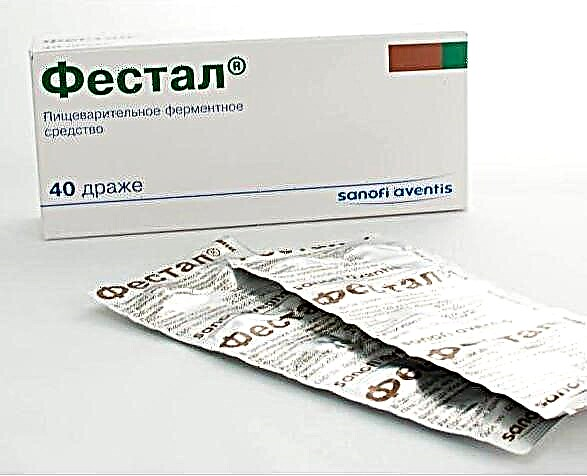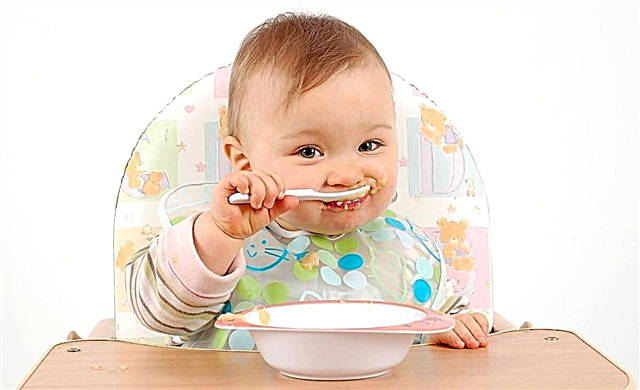
Seaweed is known for its beneficial trace element composition, so it is recommended to regularly include it in the diet of an adult. First of all, it is valued for its high iodine content, so doctors advise to eat it to prevent thyroid diseases. But is it possible to give such a product to children, how to properly introduce a child to seaweed and what to cook from it?
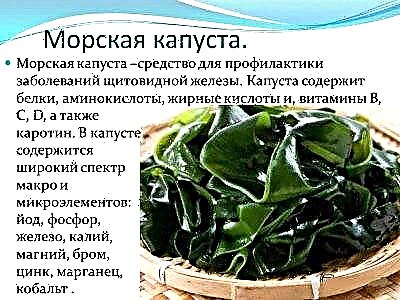
Benefit
Seaweed, also called kelp, is a brown seaweed.
It is worth including it in the diet of the whole family for the following reasons:
- Laminaria is rich in vitamins D, C and A, as well as group B. It is a source of fructose, protein substances, polysaccharides, pantothenic and folic acids.
- Seaweed contains a significant amount of iodine, manganese, sulfur, nitrogen, cobalt and other trace elements valuable for the health of the child.
- Allergies rarely occur to seaweed.
- Kelp will be beneficial if included in the menu of a child with anemia, obesity, constipation, developmental delay and many other health problems.

- Regular consumption of this type of algae has a positive effect on metabolic processes and immunity, as well as on the functioning of the nervous system and the functioning of the digestive tract.
- Seaweed is low in calories, so it will help diversify your diet if you need to adhere to a restrictive diet.
- The use of seaweed helps to eliminate radioactive substances and heavy metals from the body.


Disadvantages
- If a child has an iodine intolerance, seaweed is contraindicated for him.
- Some children protest against kelp because they don't like the look or smell.
- Too early introduction of such a product into the children's menu threatens digestive disorders.
- Eating seaweed very often or eating a large portion can cause diarrhea.

At what age can a child be given?
Doctors advise not to include seaweed in the diet of children under 2 years old. Many pediatricians even recommend waiting until the age of three with this product. This is due to the immaturity of the digestive tract of babies in the first years of life and the absence or very small amount of enzymes that help to digest kelp.
For this reason, you should not rush to get acquainted with brown algae. You can try sea kale for the first time not earlier than 1.5 years old and only on condition that the child does not have any diseases.

Dried or fresh?
Both dried and fresh frozen seaweed can be safely offered to a child. Both of these types of kelp do not harm the child's body, unlike canned food and ready-made salads, which contain preservatives, a lot of salt, vinegar and other additives. In addition, algae placed in a jar of marinade do not undergo proper heat treatment, therefore they can be a dangerous source of bacteria.

Frozen sheets for a child just need to be boiled for 10-20 minutes. If dried kelp is used for baby food, its sheets must be soaked for several hours and then steamed in boiling water. If the child does not like the appearance of the cabbage, you can make a dry powder from the dried leaves and add it in small quantities to other dishes.

How to introduce into the diet
For the first sample, just a few grams of seaweed is enough. The product should be offered during breakfast in order to see how the body of a daughter or son suffered kelp during the day. If there are no problems, gradually the amount of algae can be increased by giving the child a maximum of 50 grams of this product per day, no more than 2 times a week. For most children, it is enough to offer it once a week 30-40 g.
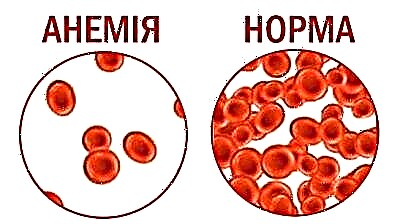
How to make a salad with seaweed, see the next video.
Kelp can be eaten on its own or added to various dishes, such as omelets, soups or salads.
Many children like this recipe for seaweed salad:
- Boil 100 g of kelp, squeeze and chop it.
- Take half a boiled egg and chop finely.
- Combine chopped seaweed, egg and about 10 g green onions.
- If desired, you can also add diced boiled vegetables (carrots, potatoes).
- After mixing the ingredients, season the salad with vegetable oil or sour cream.

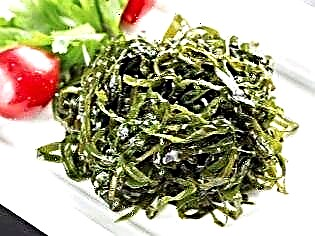
Find out if your child's weight is normal using the following calculator.

